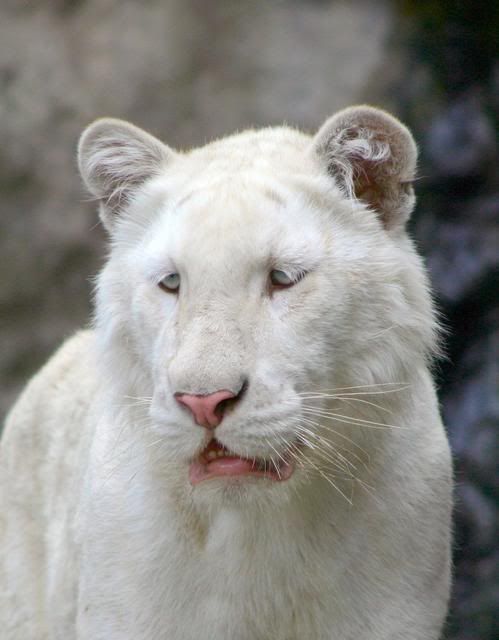Recently I read about the increased problems on the environment caused by captive pets released into the wild.
This is not a new issue and most of my colleagues and I have discussed it over the years–but that people seem to never get the message.
Last year, I was given a PSA done by Sea Grant and NOAA (National Oceanic & Atmospheric Administration) which is geared to alert people to issues surrounding dumping aquarium water or releasing their fish into nature.
Some sources cite that more than 90% of freshwater aquarium fish are now commercially farmed. The problem with release is that any diseases pass into the main water habitats of normal species and can endanger, or even kill, the native critters.
I spotted an dead fish creekside the other day with the gills filled with worms.
Eeoowwh!
I’ve been hiking down to the creek daily to watch the trout spawn because I never tire of watching the fish participate in the spring behavior…it is sad that soon the creek will dry up as it does every summer.
Yesterday, I talked to the local warden who has been stopping people from catching the spawning fish with their hands (despite the signs that say no fishing–somehow they think not having a pole makes it okay).
One local has been letting his dogs run and injure (or kill) the spawning critters, while others ignore the posted signs AND attempt to fish without a license.
*sigh*
People are the biggest threats to the environment and animals around these parts.
Here near the woods, we always have people who inflict damage and leave–without a concern of how they may have negatively impacted the environment.
Now the other new threat may include the invasion of the quagga mussels if boaters launch without making sure that their boats are clear of the invasive species and fail to disinfect their crafts.
The public service announcement (above) talks about aquariums but the campaign is targeted at hobbyists and managing caulerpa algae (Caulerpa taxifolia)–which is a real threat to California sea life because it is deadly to many fish and other sea creatures.
On the east coast, aquarium fish (oscars, peacock cichlids, lionfish) have become a real problem in the warmer waters and they actually pose a danger to the indigenous (native) species such as bass and other game fish.
Our local fish store often places sick fish in their freezer so the mantra, “Don’t release a pest, freezing is best” is in effect but might irritate some people.
However, when you look at the whole conservation and wildlife safety issue–it kind of puts it into perspective.
Now if we could keep people from flushing dead goldfish…
The fact that they had to even make the PSA was a bad omen since it seems that many hobbyists believe the solution to their problems is to set their animals “free”–which is a really, really bad choice.
Here in the mountains we get miffed because people release their dogs, rabbits, and other pets to starve. Some how those *$%# humans mistakenly think that domestic animals know how to survive in the wild.
They don’t think about slow starvation, agonizing death after an injury by a vehicle, or other fates–such as predators.
And do they think about the mental state of those animals?
No.
Do they understand the cruelty or the threat to the native wildlife exposed to disease and competition from those that might survive long enough to create a problem?
Doubt they think about it for a second.
*sigh*
Anyway, releasing animals into the wild or leaving their fluids (aquarium water) or poop in the wilderness is a bad idea.
Pass the word and you can also pass the “Don’t Release a Pest” video along because it is online and if you want, read more about invaders at PBS.


